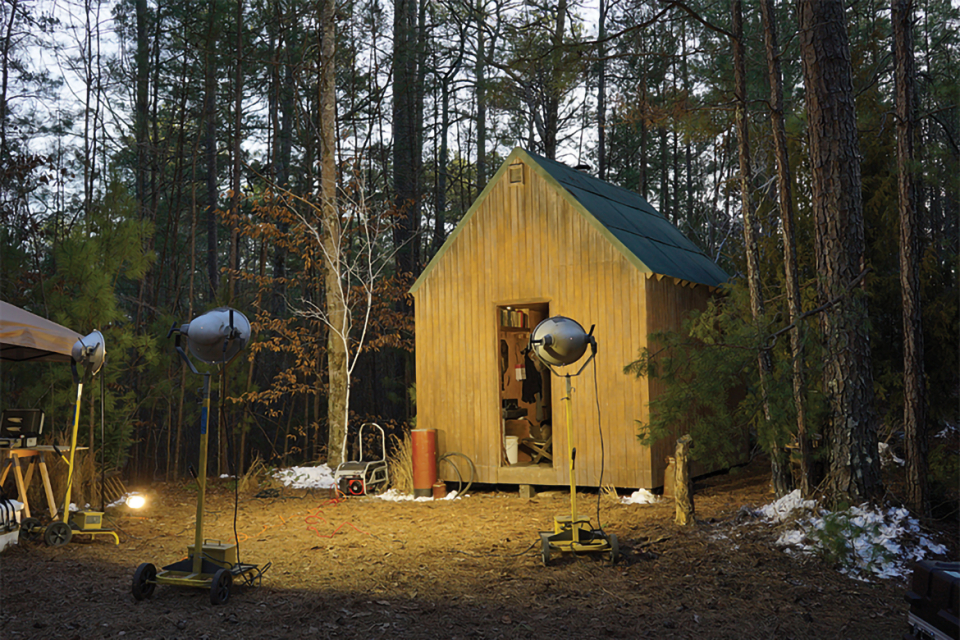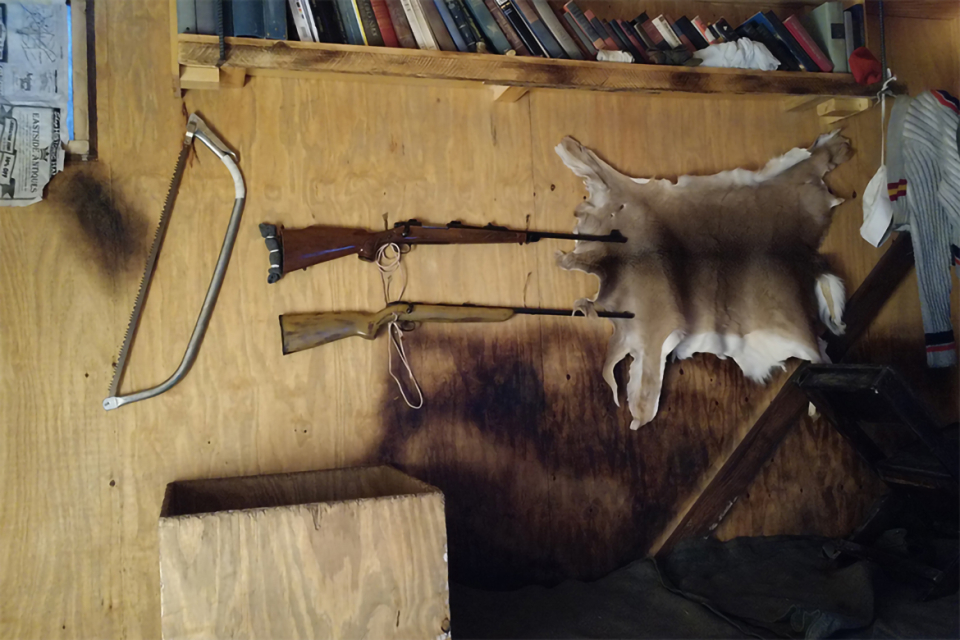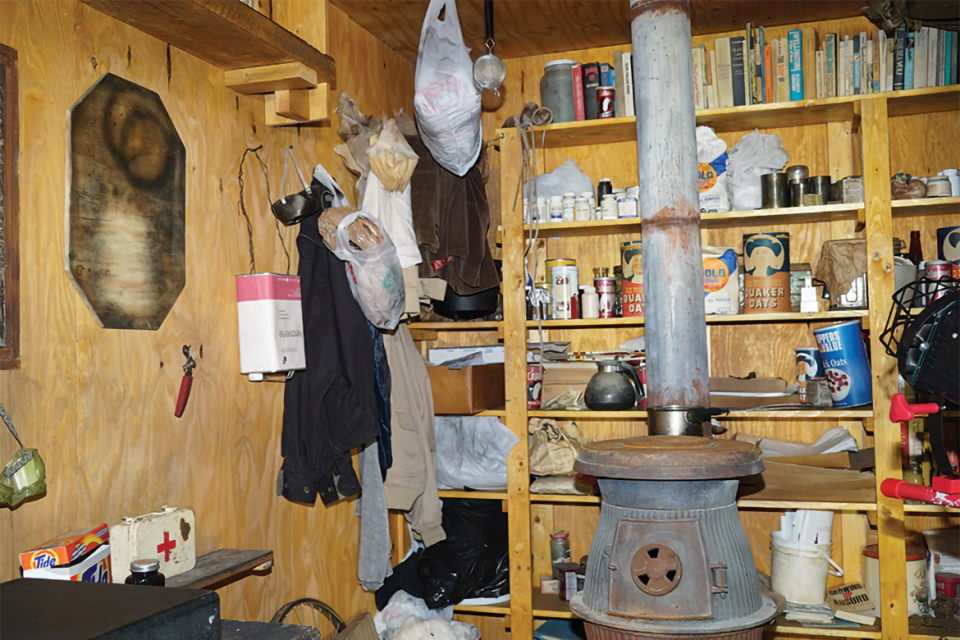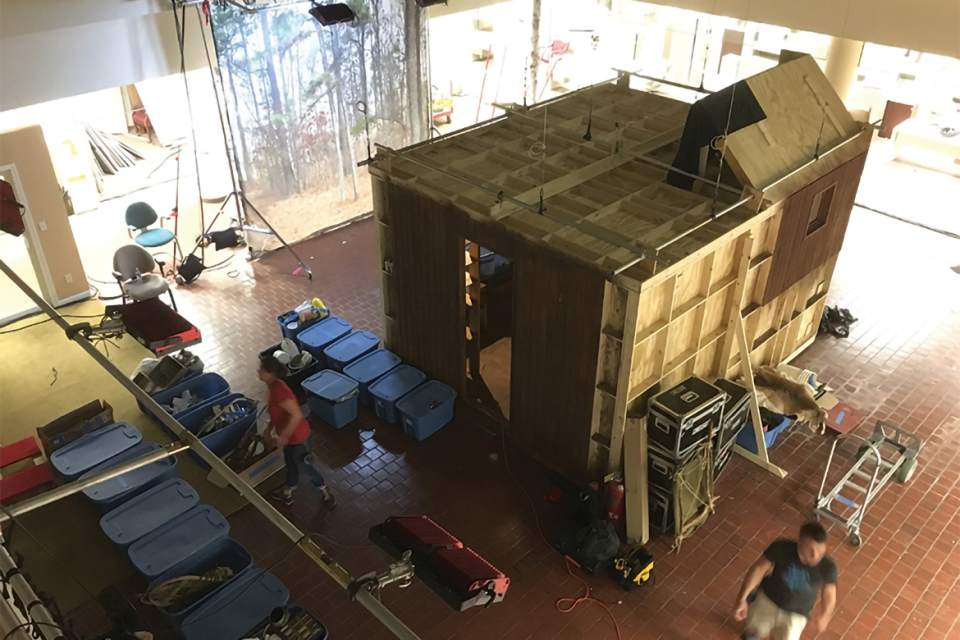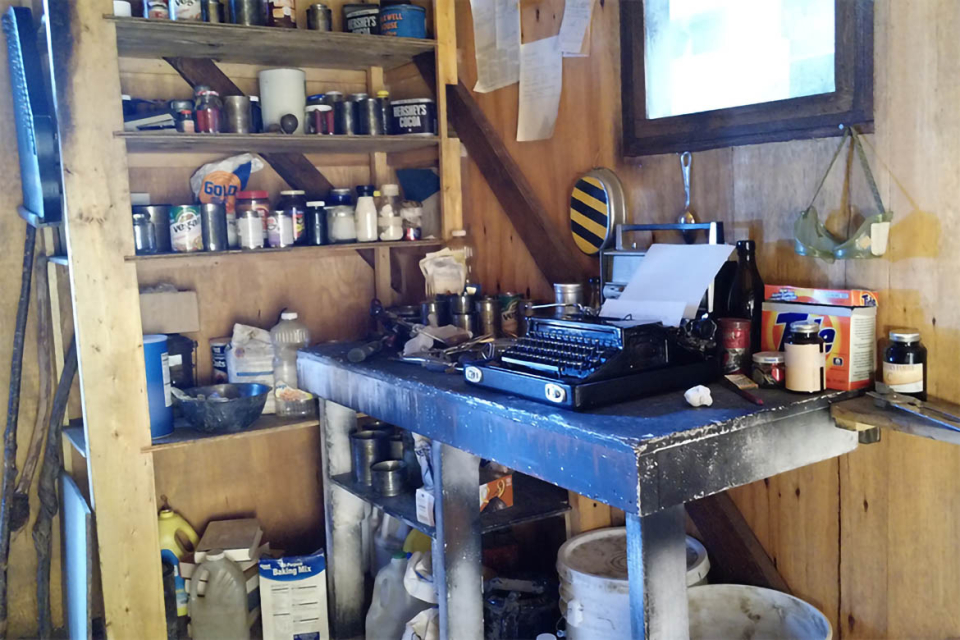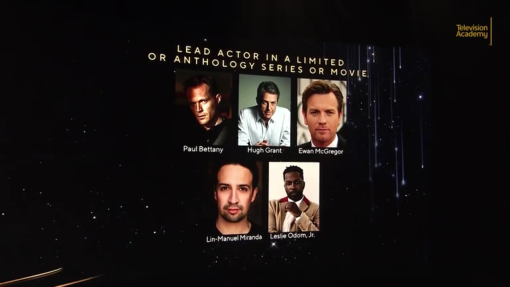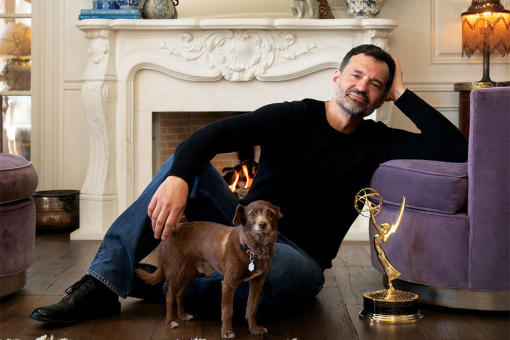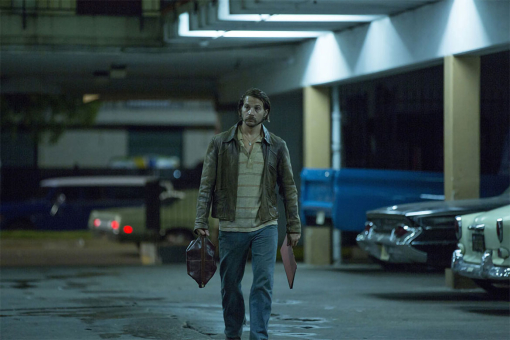Much has changed since 1996, when federal agents finally found Theodore John Kaczynski, aka the Unabomber, in his remote cabin in the woods.
Smartphones, social media and frequent acts of terror are just a few of those changes.
One constant is Kaczynski himself: the former U.C. Berkeley math professor has been confined at a Colorado supermax prison since his conviction in 1998. In Discovery’s Manhunt: Unabomber, director–executive producer Greg Yaitanes reveals the story of history’s deadliest serial bomber, with production designer P. Erik Carlson providing devilish detail.
The scripted anthology series now airing (viewers can catch up on DiscoveryGO) derives a gritty authenticity from the casting of Paul Bettany as Kaczynski and Sam Worthington as FBI agent Jim Fitzgerald. By profiling the language of the manuscript Kaczynski sent to The New York Times in 1995 (The Unabomber Manifesto: Industrial Society and Its Future), self-taught linguist Fitzgerald caught a break in the case.
Yaitanes — an Emmy-winning director for House, M.D. — has helmed such series as ABC’s Lost and Cinemax’s Banshee and Quarry, the latter a sexy and violent literary crime series set in the ’70s. On Manhunt, he directed all eight episodes, which were written by Andrew Sodroski. “The discovery of Jim’s role in the capture of the Unabomber was the way we could crack the story everybody struggled telling,” Yaitanes says.
“By framing it through the point of view of this forensic linguist, and making Ted a supporting character, [it] became fascinating to me.”
The Unabomber’s cabin is almost a supporting player itself, thanks to Carlson’s exacting attention to detail. He re-created Kaczynski’s Lincoln, Montana, hideout, along with another 200-plus sets and locations. The series was shot primarily at a military base–turned- studio in Atlanta and in the surrounding metropolitan area.
During his eight-week prep, Carlson did deep research into Kaczynski’s 17-year bombing spree. He went to the University of Michigan, where Kaczynski earned his Ph.D. There, he says, “They have a special collections library with every original letter and document that had been written by Ted.” Among those materials, he found the FBI evidence photos of the cabin. “Hands down, that was by far our greatest resource,” Carlson adds.
But he went beyond the FBI’s photos and inventory list. Carlson also had 150 shots that Yaitanes took of the cabin, which is on display at the Newseum in Washington, D.C. As a result, the sets were meticulously dressed.
“Most of the items were made from scratch by our set decorators, Chuck Potter and Kristen McGary,” he reports, “but eBay was one of our biggest resources in finding Ted’s Smith-Corona typewriter and period-appropriate books and posters of the ’90s.”
Carlson and crew created three cabins for the production: a fully dressed 10x12-foot replica, another that was 10 percent bigger than life (with removable walls for stage work) and a third, consisting only of an exterior shell. Every logo on every can, the famed Tide detergent box in which Kaczynski kept tools and all 120 books were accounted for.
The cabin’s interior was soaked with grime and oil to give it a seriously lived-in look, while the bomb-making area was saturated with layers of glue and wax. The crew even refabricated 17 bombs for the series.
“Greg does a lot of macro camera work on every detail of the bombs, the shelves and typewriter,” Carlson says. “He really gets close up inside the cabin, so there was no other way of doing this besides being honest to the original story.”
This article originally appeared in emmy magazine, Issue No. 7, 2017

